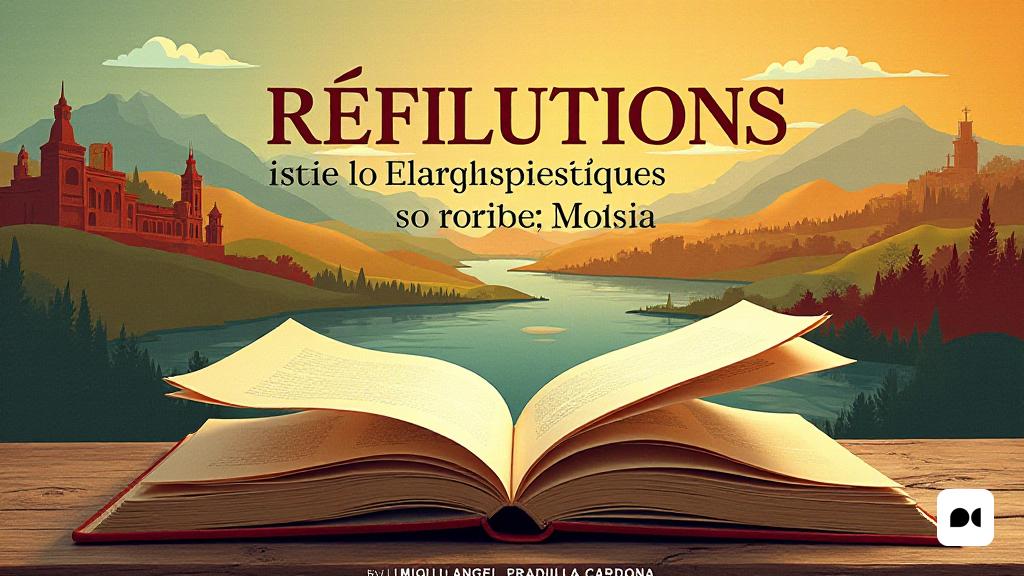A journey through language and culture
The publication of ‘Reflections (socio) linguistic from the middle of the catalanophony’ by Miquel Àngel Pradilla Cardona, stands out at a time when the debate on the Catalan language is at the center of public care. Pradilla, professor of sociolinguistics at Rovira i Virgili University, offers a deep analysis that fuses academic knowledge and personal emotion, revealing the duality that the language represents both in the collective and in the staff.
A personal and historical introduction
The author shares his personal history, a story that begins in Tortosa, in a context that emphasizes the influence of the bishopric on the formation of the cultural identity of the region. Its story not only serves to be located, but also reflects the complexities of a history marked by the interaction between territories and cultures, especially between Catalonia, Valencia and Aragon.
The influence of the Church and the political dynamics
The text refers to the interventions of the Franco regime and the ecclesiastical authorities who sought to redefine the linguistic and cultural borders of the diocese, a process that left their mark on the collective identity of the inhabitants. The influence of these changes has been palpable in the reactions and adaptations of local communities over the years.
Catalanity and Spanishization: a contemporary dilemma
As the text progresses, Pradilla examines the evolution of Catalan identity within the diocesan territory, highlighting the differences between the Ebro counties, which have developed a stronger Catalan identity, and the North Valencian areas that are immersed in a process of Spanishization. Thus, the work becomes a reflection of the current tensions between identities.
The Paper de la Clengua in the Cultural Identitat
Pradilla argues that the Catalan language is not only a vehicle of communication, but also a fundamental pillar of cultural identity. In a territory where the Catalan language enjoys an overwhelming majority, its preservation becomes essential to keep the feelings of belonging and community alive.
Key chapters and deep analysis
The work is divided into chapters that address various themes, such as the dynamics of the language model and its evolution within the regions of the diocese. One of the most intriguing chapters analyzes the consequences of uninstitutionalization and the impact it has had on the region’s dialectal variations, as well as in its literature.
The Importance of Local Literature
Pradilla highlights crucial literary figures that have contributed to the rich cultural tradition of the diocese, from the colloquiums of Despuig to contemporary authors. This literary inheritance is a testament to the diversity and complexity of the voices that have shaped the Catalan language in the region.
Final reflections on the future of the language
The work concludes with an analysis of the need for a linguistic model that reconciles the various identities present in the diocese of Tortosa. Pradilla proposes an approach that seeks a tune between Valencianization and orientalization, with the aim of guaranteeing the cohesion and unity of the Catalan language in the face of contemporary adversities.

